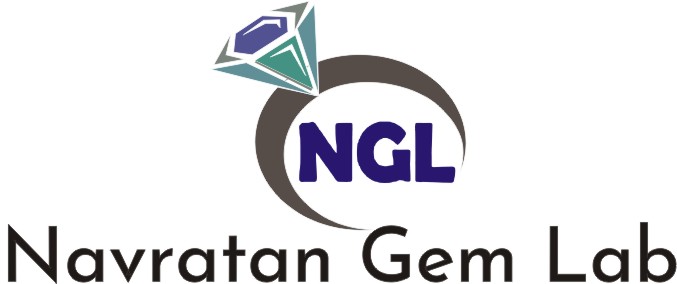Tourmaline
Tourmaline is the most colorful of all gemstones. It occurs in all colors, but pink, red, green, blue and multicolored are its most well-known gem colors. Scientifically, tourmaline is not a single mineral, but a group of minerals related in their physical and chemical properties. The mineral Elbaite is the member of the Tourmaline group that is responsible for almost all the gem varieties.
| Chemical Formula | Tourmaline is a series of several different minerals with unique chemical formulas. |
| Color | White, Colorless, Blue, Red, Green, Yellow, Orange, Brown, Pink, Purple, Gray, Black, Multicolored |
| Hardness | 7 - 7.5 |
| Crystal System | Hexagonal |
| Refractive Index | 1.616 - 1.650 |
| SG | 2.9 - 3.3 |
| Transparency | Transparent to opaque |
| Double Refraction | .018 |
| Luster | Vitreous |
| Cleavage | 3,2 |
| Mineral Class | Tourmaline |
The most expensive and valuable form of Tourmaline is the rare neon-blue form known by the trade name Paraiba Tourmaline. Paraiba Tourmaline was first discovered in a gem pegmatite in the Brazilian state of Paraiba in 1989. This new Tourmaline became extremely popular in a very short time, and the cost for this rare Tourmaline became astronomically high due to short supply. Small deposits of Tourmaline of similar color to Paraiba Tourmaline were also recently found in Nigeria and Mozambique, and these are often also called "Paraiba Tourmaline" in the gem trade. Other valuable forms of Tourmaline are Chrome Tourmaline, an intense-green Tourmaline found in Tanzania, Rubellite, the pink to red variety, and Indicolite, the rare blue variety.
Multicolored stones are truly a gemological wonder, as their beauty and uniqueness are unparalleled. An interesting form of multicolored tourmaline, adequately called Watermelon Tourmaline, has a red center surrounded by a green outer layer (or vice versa). When used as a gem, Watermelon Tourmaline is green on one side and red on the other. Schorl, a common black Tourmaline, is fairly inexpensive.
All colored Tourmaline gems display pleochroism, meaning their color changes when viewed at different angles. In some Tourmaline gems, this effect is hardly noticeable, while in others it is strongly apparent. Gemstone cutters must take this into account when cutting a Tourmaline, so that the finished gem brings out its best color.
Sources:
Important deposits of Tourmaline are in Afghanistan, Pakistan, Russia, Burma (Myanmar), Sri Lanka (Ceylon), and the United States (California and Maine). Several African countries have recently become big producers of gem Tourmaline, specifically Madagascar, Namibia, Mozambique, Tanzania, Nigeria, and Malawi.
